Interest Rate Misconceptions
How you're being misinformed and why it sets unrealistic expectations.


Every time the Bank of Canada announces a change in its policy interest rate, we often see and hear people sharing the new policy rate without providing proper context. This can and does create unrealistic expectations for consumers. Many people assume the policy rate directly (and immediately) affects mortgage interest rates, but in reality, it doesn’t. When consumers go to a mortgage broker with expectations based on the Bank of Canada’s policy rate, it can cause confusion and disappointment. Whether this information is shared in error or with a specific agenda, it’s important to provide the full picture. At Flawless Financing, we are committed to complete transparency and clear communication, ensuring that our clients and the community have access to accurate, reliable information. We strive to be a trusted resource for anyone seeking factual guidance on interest rates and mortgages.
I thought the bank of canada lowered their rate to 2.75%?
Yes, technically...... but there’s more to it!
On March 12th, 2025 the Bank of Canada lowered their policy rate by 0.25%, making it 2.75%.
This is not the rate you should base your expectations on!
what is the policy rate?
The policy rate, also known as the overnight rate, is used by the Bank of Canada to control inflation. This is the starting point for many interest rates in Canada. One of those interest rates is the prime lending rate (often called “prime” or "prime rate").
what is the prime rate?
The prime rate is the interest rate that banks and lenders use to determine interest rates for loans (such as mortgages and lines of credit). It has a direct impact on variable and adjustable rate mortgages and lines of credit.
This is the rate that you should base your expectations on!
how do you know what the prime rate is?
The prime rate can usually be found on each lenders website, but generally they match the decreases or increases in the policy rate.
For example:
| POLICY | PRIME | |
|---|---|---|
| June 2024 | 5% | 7.20% |
| March 2025 | 2.75% | 4.95% |
| Change | 2.25% | 2.25% |
*With the exception of TD, their Prime is 0.15% higher
how does the policy rate control inflation?
The Bank of Canada aims to keep the inflation rate around the 2% target.
| RATE OF INFLATION | BELOW 2% | ABOVE 2% |
|---|---|---|
| ECONOMIC STANDING | Not enough growth | Too much growth |
| ACTION REQUIRED | Stimulate economy | Cool down economy |
| POLICY RATE | Decreases | Increases |
| EFFECT ON LOANS | Lower interest on loans | Higher interest on loans |
| CANADIAN SPENDING HABITS | Spend more money | Spend less money |
why don’t fixed rates move when the policy rate moves?
Fixed rates are based on the
bond market and are not tied directly to the Bank of Canada policy rate. The bond market considers the economic forecast and generally takes into account any potential decreases or increases. Fixed rates are usually fast to go up (reactionary to market changes) and slow to come down (wait and see).
______________
Now that everything is cleared up, make sure you know what you’re looking at and what you’re sharing on social media.
The policy rate is important, but the prime rate is what makes the difference!
Read more here, Bank of Canada - Understanding our policy interest rate
If you have any questions on interest rates and how they work, please don't hesitate to reach out!
OAC, E&O
CONTACT US
VISIT US
#13 - 327 Prideaux Street
Nanaimo, BC V9R 2N4
All Rights Reserved | The Collective Mortgage Group | Verico Mortgage Broker Network | OAC, E&O | Privacy and Content Policy


